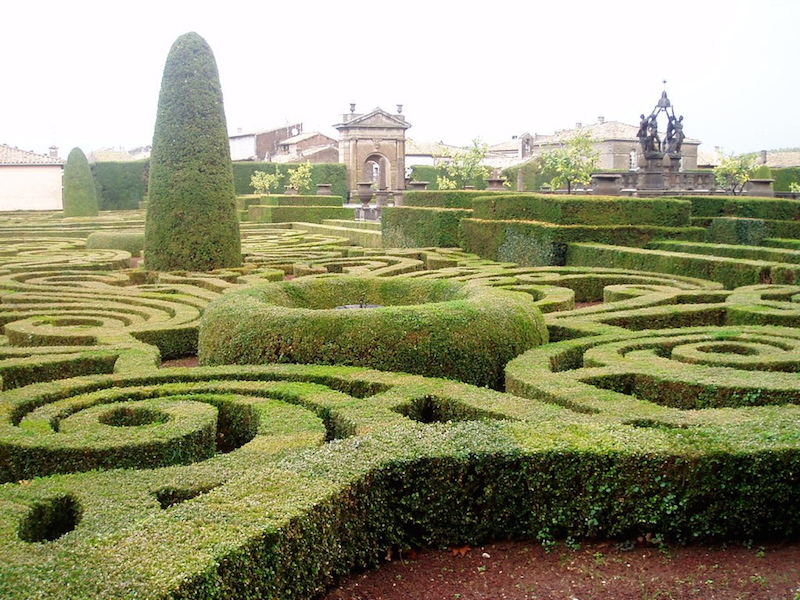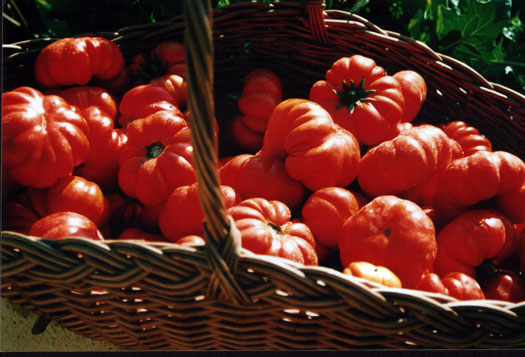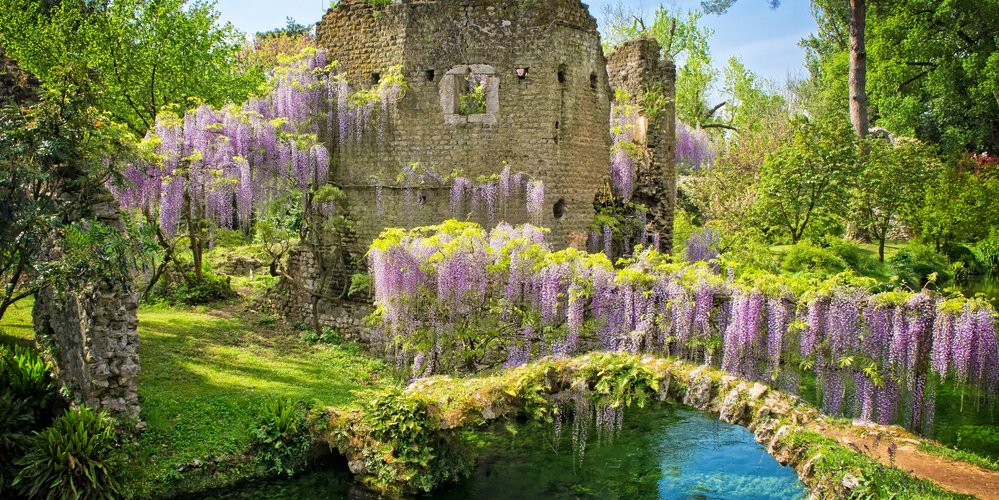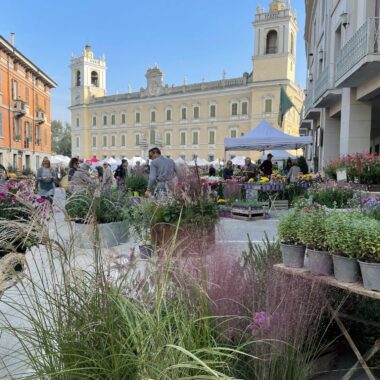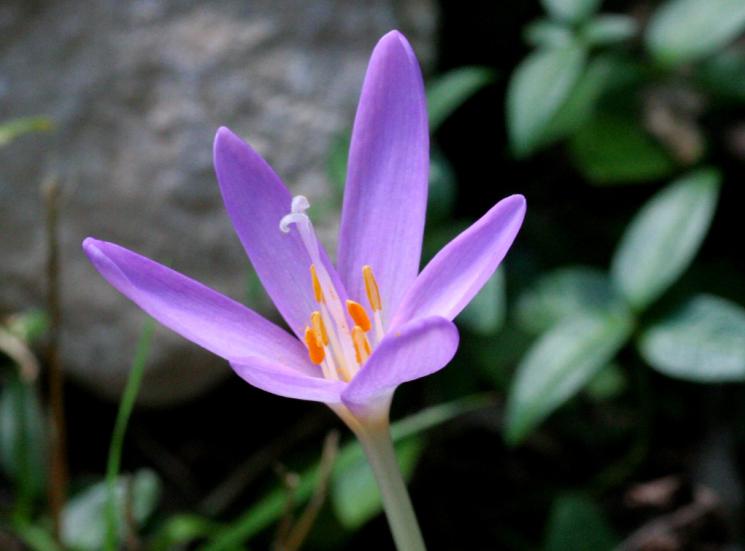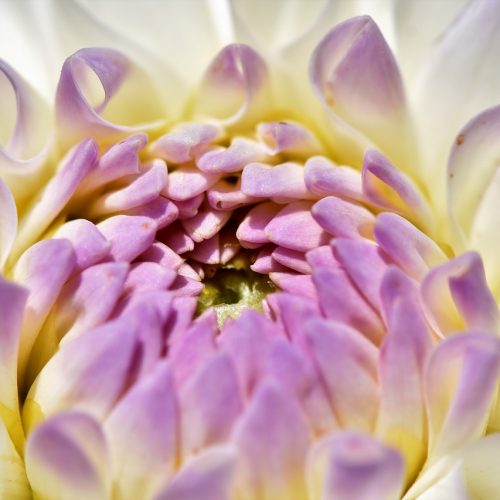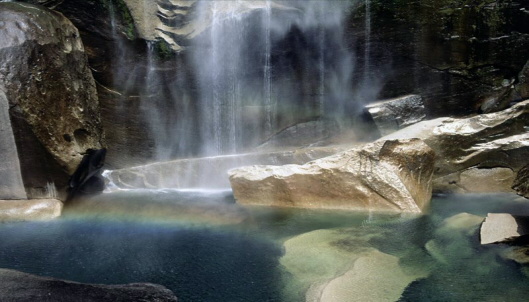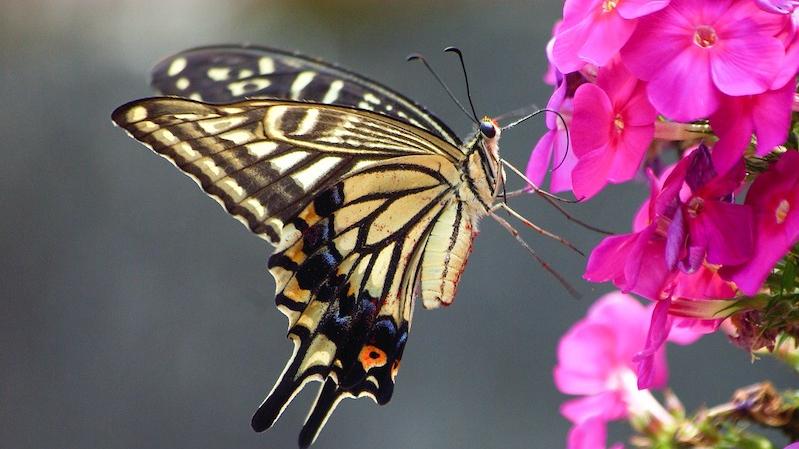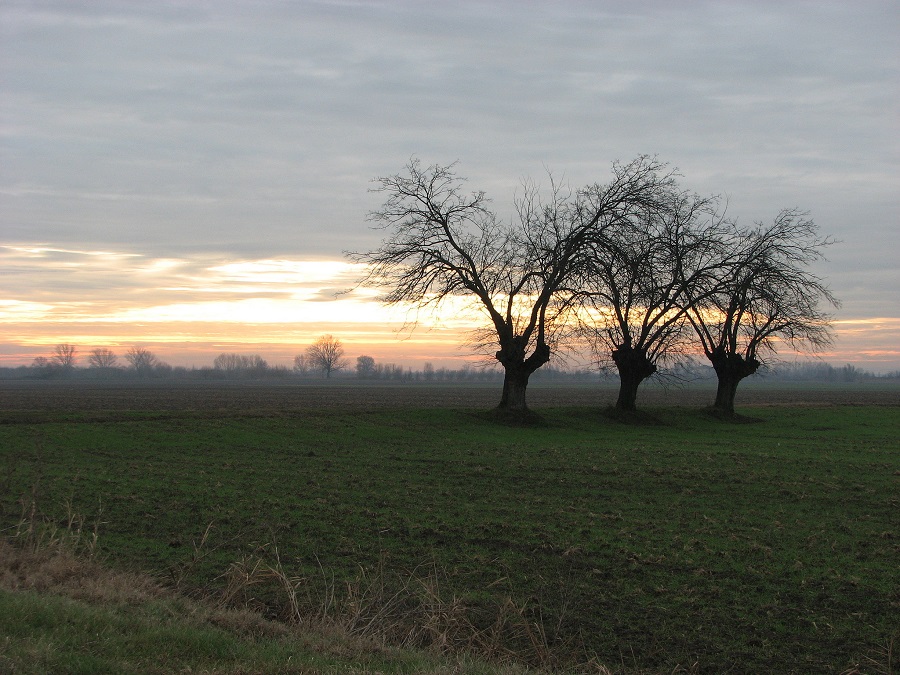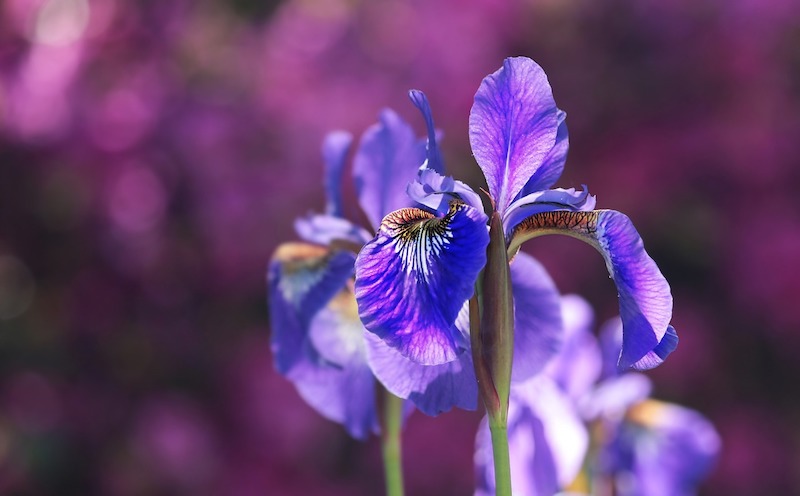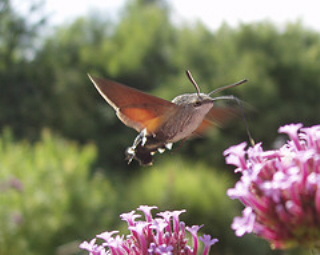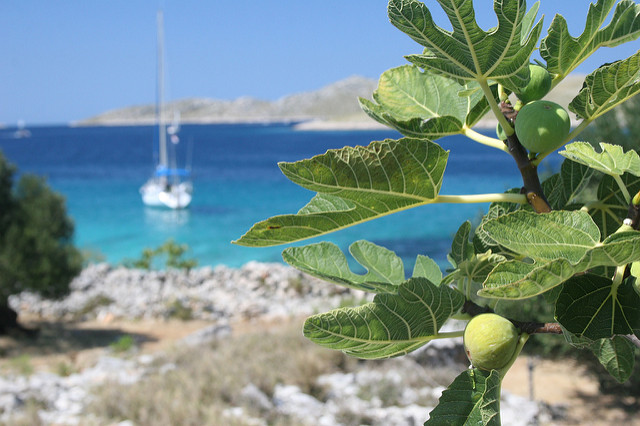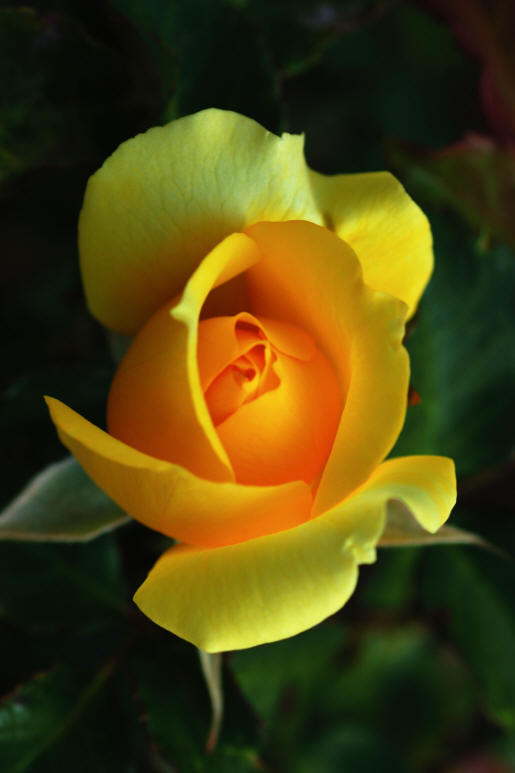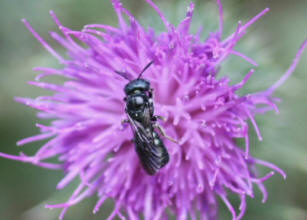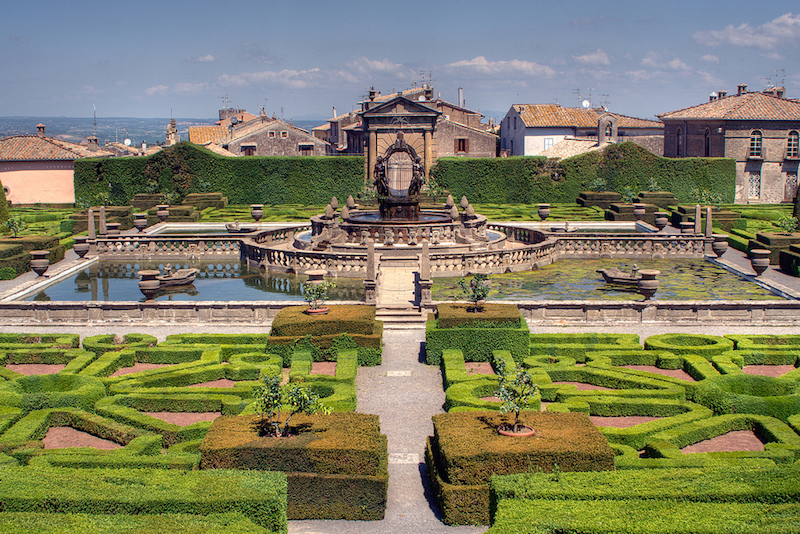
Italian garden design has always adopted the use of art topiary to establish strong, evergreen structures. From the origins of the Italian style gardens, designers have shaped evergreen plants into both symmetrical, obtuse and representational forms to highlight entrances, underline geometrical features or to accentuate angles. Even in Roman times, plants were shaped into man-made forms to highlight and underline Imperial control over nature and its laws.
The use of topiary continued throughout time, well into the 16th and 17th centuries, across the whole of Europe. However, it was particularly popular in Italy, France and Holland.
Italian garden designers have always enjoyed a certain precision while creating their designs, as the people of Italy always favored clean lines and sharp styling. Fine examples of topiary in Italian gardens can be found at gardens like Boboli, La Bagnaia or Villa Gamberaia.
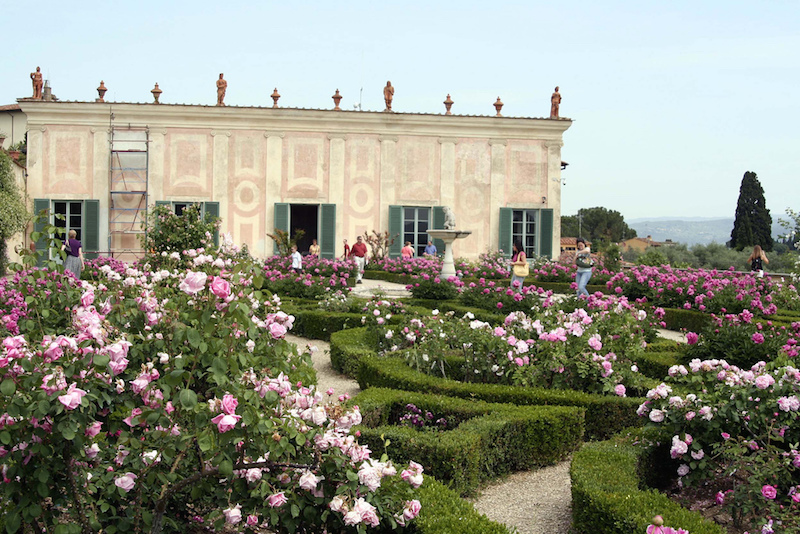
There are various plants which can be perfectly adapted to being pruned into shapes non existent in the natural world. Plants like boxwood (buxus sempervirens), yew (taxus baccata), holm oak (quercus ilex) and bay laurel (laurus nobilis) have been among the favorites since Roman times. These plants can withstand constant pruning, provide a smooth finish and are able to form a healthy evergreen structure that can easily be shaped into squared hedges, spheres and even triangles.
A topiary plant needs to have a naturally dense growth habit that responds well to hard pruning, with a good resistance to disease. A topiary plant also has to be long-lived, in order to provide a structure that will last for many years. The plants mentioned above are particularly slow-growing and there are faster growing alternatives, such as certain privet species. However, a plant like privet requires more pruning due to its speedy growth habit and the finished effect can appear somewhat ‘cheaper’, rendering the garden less elegant as a result.
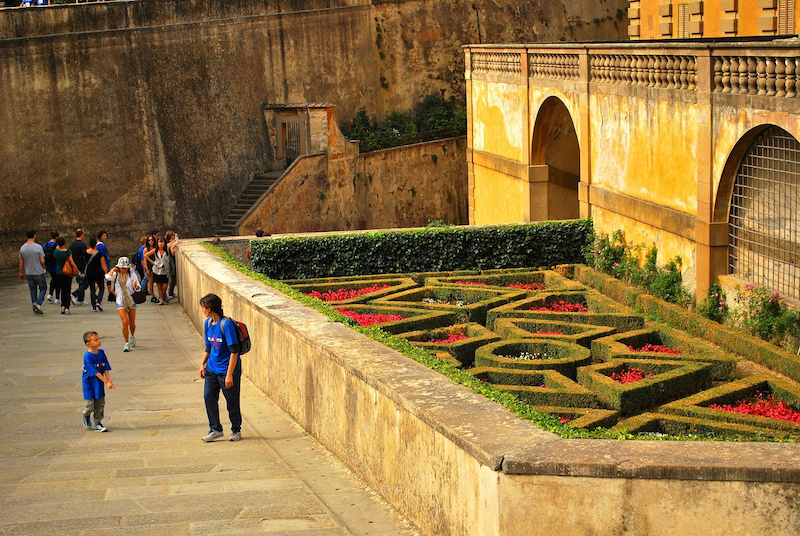
Contemporary Italian garden design still adopts the use of topiary in this age of fusion design: I feel topiary is fundamental for linking areas within a garden design and it is vital for adding a touch of elegance and class. Topiary clearly represents man’s intervention, as without man’s hand such shapes could not exist, therefore certain areas suit its use and certain areas do not. Areas closer to the house and living space generally lend themselves well to the use of topiary, as the presence of man is felt more in such areas. Areas near the house often continue its architecture into the garden and therefore clearly suit a more formal and elegant feel.
Topiary, in the form of formal hedging, is essential in establishing the feel of a classic Italian garden and even contemporary Italian garden design should keep this in mind, as its use helps to provide structure to creations. Formal hedging and topiary in general can be considered as important to the landscape architect as walls are to a standard architect or engineer. They provide the basis upon which the rest of the garden can be designed and constructed, so are therefore indispensable when creating an Italian style garden!
by Jonathan Radford, garden designer
